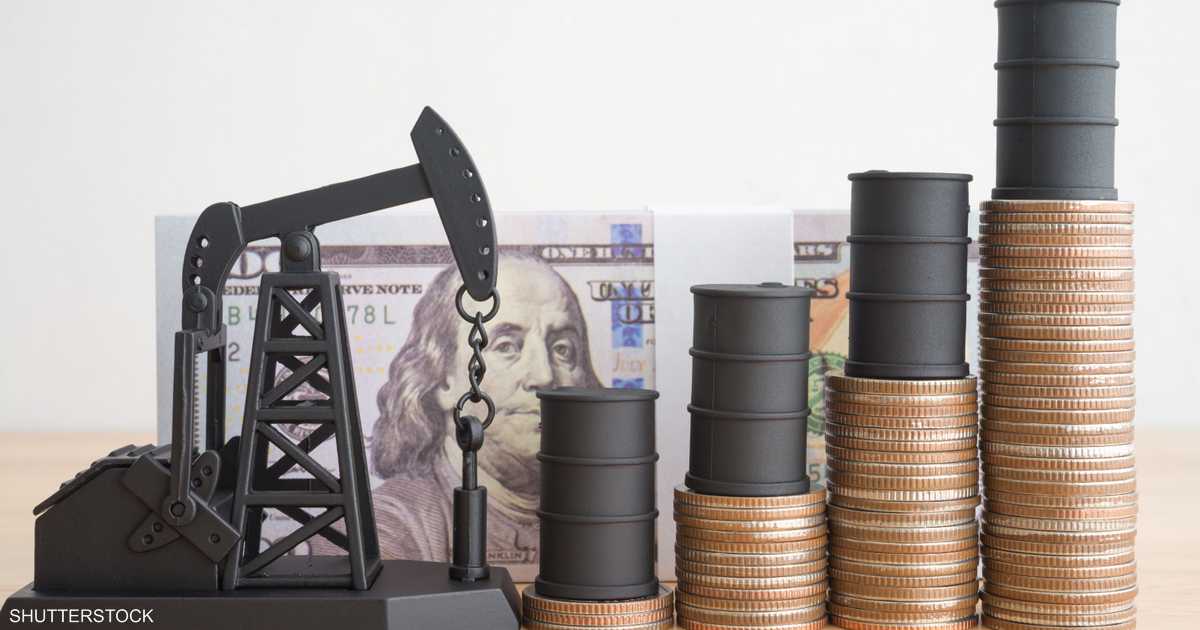
Brent crude breaks above $97 level
At a steady pace, oil prices continued to rise in early Asian trade on Thursday after hitting a 2023 high in the previous session, as fears of global supply shortages worsened in light of a sharp decline in US crude inventories. Reached important milestones.
U.S. crude inventories fell by about 2.2 million barrels last week to 416.3 million barrels, according to government data. With a decline of about 320,000 barrels, the decline significantly exceeded analysts’ expectations, according to a Reuters poll.
This comes after Saudi Arabia and Russia announced voluntary production cuts of 1.3 million barrels per day until the end of the year.
Price action
Brent crude remained close to $100 a barrel as it traded above $97 a barrel in Asia on Thursday, up 0.9 percent, its highest level since last November.
U.S. West Texas Intermediate crude futures rose more than a dollar to $94.70, their highest level since August 2022, and U.S. crude rose 3.6 percent after settlement on Wednesday, its biggest gain since early May.
Inventories in Cushing, Oklahoma — a delivery point for U.S. crude oil — fell below 22 million barrels, the lowest level since July 2022 and near the operational minimum.
A strong dollar has failed to deter oil
Amrita Sen, co-founder and head of research at Energy Aspects, said: “What I fear in this market is that we’ve made a huge reduction in inventories… Right now, what’s happening in the U.S. — (the drought) according to Bloomberg, inventories in Cushing).
Will oil prices hit $100 soon?
West Texas Intermediate crude has risen by about a third since late June and is on track for its biggest quarterly gain since early 2022, fueling inflation and posing new problems for central banks.
Earlier this month, OPEC predicted a shortfall of up to 3 million barrels per day of crude oil in the fourth quarter. With demand in the United States and China proving resilient, many in the market now see $100 oil as inevitable, despite a strengthening dollar and lingering worries about rising global interest rates.
The dollar rose to its highest level in ten months against a basket of major currencies on Wednesday, sending the euro to its lowest level in nine months and raising the possibility of intervention to support the yen.
The dollar index, which measures the currency’s performance against a basket of currencies, rose to 106.7, its highest since last November 30.
In an exclusive interview with Sky News Arabia, Ole Hansen, Head of Commodity Strategy at Saxo Bank, said our expectations for oil prices were revised higher after strong support prices received from the Middle East based on continued production cuts.
“OPEC expects a large supply shortfall in the last quarter of the year, Saudi Arabia maintains voluntary cuts, which will keep markets tight in the coming months, so the risk of oil prices reaching $100 remains.” In Hansen’s words.
Can the world do without oil?
However, Ole Hansen, head of commodity strategy at Saxo Bank, noted that some countries in the world are headed for stagnation, meaning demand prospects in 2024 will be challenging.
He emphasized that OPEC member countries are well aware that higher oil prices will reduce demand and that this is not in their interest.
For his part, Warren Patterson, Head of Commodity Strategy at ING Groep NV, said: “It will be a while before Brent crude oil exceeds the $100 per barrel level (…) However, we believe that the breach of these levels will be relatively short-lived,” OPEC+ said in a statement. There will be more pressure to ease the cuts.”
It’s worth noting that stocks in Cushing have fallen for seven consecutive weeks, and many traders believe they are already at a low enough level to allow tanks to function normally. Buying spot supplies from storage centers is also expensive, and the price of U.S. crude has risen significantly for foreign buyers outside the U.S.
Madonier: Oil will be an important part of the global energy mix

“Award-winning beer geek. Extreme coffeeaholic. Introvert. Avid travel specialist. Hipster-friendly communicator.”






